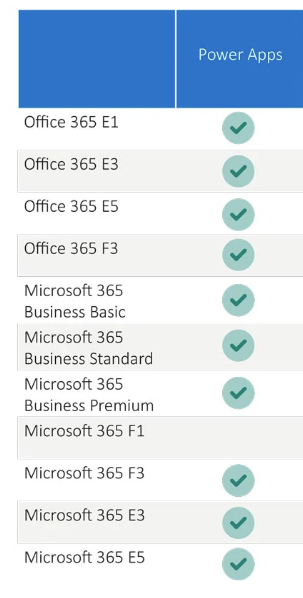We need to talk about......D365......Command Bar Designer
- Graeme Donnell

- Jan 14, 2022
- 3 min read
Updated: Jan 17, 2022
Today I wanted to introduce a piece of functionality that I think has been flying under the radar for a while now............and that is the new Command Bar Designer for Power Platform and D365 CE.
To access this customisable section of your Power App or Customer Engagement module, access https://make.powerapps.com/ and select your desired app. Once the app has loaded, select the entity for which you need to make command bar changes, and select "Edit command bar (preview)"

When you click the ‘Edit command bar(preview)’ button you will be taken to a screen where you can select which command bar you want to edit. There are currently 4 options to choose from.
Main Grid: The command bar for the main grid is the list view of records. This grid is accessed when using the sitemap to navigate to a table. For example, if you click on accounts on the sitemap in the sales hub, it will take you to the main grid for accounts.
Main Form: This is the command bar that lives on the form. When you open the form, you’ll notice the command bar on the top of the form.
Sub-grid View: These views are displayed on forms of other tables. For example, if you open the account form you can see the contacts sub-grid view on the account form.
Associated View: This command bar is shown in the form of a parental table and will show related data. For example, if you are on an account form you can access the opportunity associated view by clicking on ‘related’ and choosing the opportunity table to view all related opportunities related to the account.

Once we have selected the command bar we wish to edit, bearing it mind it is possible to make changes to a single version of the command bar. The downside of this is that you may have to make the same change 4 times!!
We are now greeted with the Command Bar Designer itself, and as you see it renders all of the components currently published for this particular command bar.

To add a new command, we simply click on New in the ribbon, top left.

We also get an embedded editor to the right hand side of the window, we were specify display text, descriptions and further customisations as to what the button will actually do.

In this instance, we are creating a Copy Record button, so we must compile the text to capture and write the fields we want to use as our base record for the copy action. This is then placed in the formula bar towards the top of the window.

Once we are happy, we simply Save & Publish.

And our new command bar option will appear against the entity type and within the specific command bar we customised.

This is a process that has long been achieved through 3rd party tools, XRMtoolbox functions or by simply hacking the XML of the D365 solution. So this is a long overdue function that is now available to all customisers and has certainly been built in that low-code, no-code ethos that Microsoft is deploying right across the entire D365 suite. Personally I think it is a fantastic move, and creates the ability to add further personalisations, adjustment for terminology with clients and an additional layer of customisations that historically were very complex to achieve.
Thank you again for reading my blog, look out for my up and coming series on Power Virtual Agents, take care, speak soon!




Great
to have such a level of customisation. Thanks for sharing!